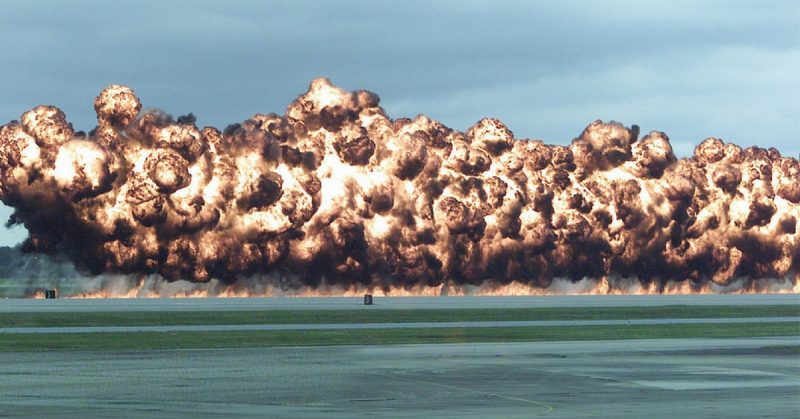The First World War introduced many new weapons to the world of warfare. The first global mechanized war saw the first use of tanks and combat airplanes, but it’s less well known that the first functional flamethrowers were also used in WWI. They lacked efficiency, though, since they only used ignited gasoline, which would burn out quickly, causing minimal damage.
The weapon continued to develop. The US Chemical Warfare Service added rubber to the gasoline to produce a jelly mixture which would burn longer, would be harder to put out and would stick to the victim, causing fatal injuries.
This seemed like a solution to the US military, but when they entered the war in the Pacific, natural rubber was in short supply, and the Army was forced to find a suitable replacement. This is how napalm was born.
In a period between 1942 and 1943, a team of leading Harvard chemist headed by Louis Fieser developed a mixture of naphthenic and palmitic acids added to the classic ingredient ― gasoline. The weapon was first tested in bombing raids on Berlin and later on Tokyo, where it caused mass panic after the firestorm disintegrated over 100,000 people.
Later, in Korea, the US Army claimed that napalm was “the most outstanding weapon”, which basically won the war against North Korea and their Chinese allies.
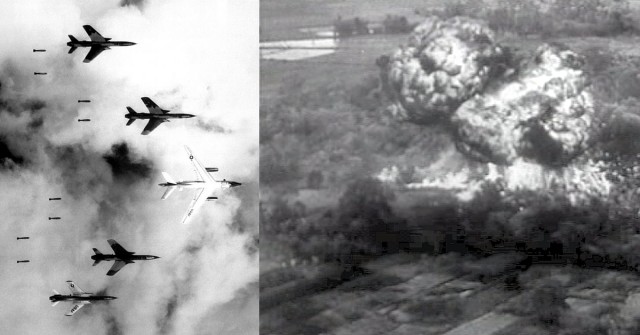
Napalm became a necessary weapon of every modern military force, even though its consequences were among the most inhumane. The effectiveness of the weapon overruled its cruelty. In fact, napalm caused carbon monoxide poisoning when used on enclosed environment which wasn’t directly hit by fire. The effects of carbon monoxide were well known after the end of WWII, as it was one of the main gasses used for poisoning concentration camp victims.
Out in the open, napalm caused severe burns all over the body, burns which were far worse than the ones caused by fire in general. Human skin becomes covered with viscous magma that resembles tar. Napalm causes wounds that are too deep to heal. In contact with humans, it would immediately stick to the skin and melt the flesh. There is no way to put the fire out, except by smothering it, which causes unbearable pain. In panic, many victims would try to wipe it off, but this only causes the fire to spread, expanding the burn area.
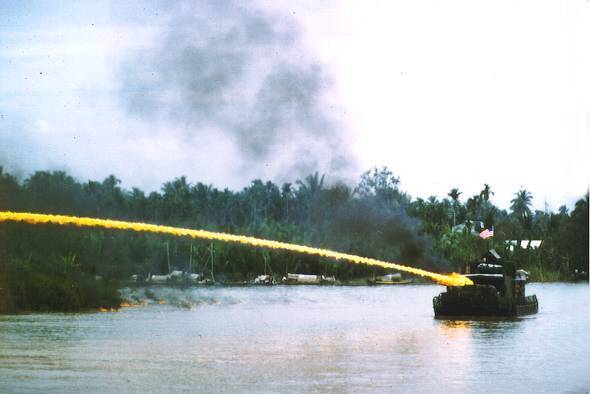
All this made napalm really popular among its users and the worse nightmare for the ones on which it was used on. In Vietnam, the use of napalm was introduced first by the French and later by their US successors, who used it extensively, often causing a lot of collateral damage due to the fact that the fire, once released, was almost impossible to contain.
Having been pronounced as the winning weapon of the Korean War, napalm was part of the US arsenal from the very beginning of the conflict in Vietnam. In the decade from 1963 to 1973, 388,000 tons of napalm were dropped on Vietnam. That is ten times the amount of napalm used in Korea (32,357 tons) and almost twenty times more than was used in the Pacific (16,500 tons). First, it was used via flamethrowers by the US Army and their ARVN allies to clear out bunkers, foxholes, and trenches. Even if the flames could not penetrate into the bunker, the fire consumed enough oxygen to cause suffocation inside it.
First, it was used via flamethrowers by the US Army and their ARVN allies to clear out bunkers, foxholes, and trenches. Even if the flames could not penetrate into the bunker, the fire consumed enough oxygen to cause suffocation inside it.
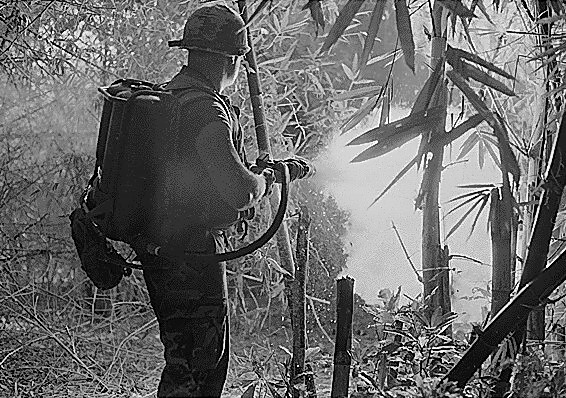
Reports exist which state that the flamethrowers were often used to clear out or destroy “enemy villages”, which implies that they may have been used against civilians as well. Napalm became a psychological weapon, as the enemy was terrified of the hell on earth caused by its use. Later on in the war, the US bombers began to drop napalm bombs, which proved to be far more destructive than the flamethrowers. A napalm bomb could leave an area of 2,500 square yards engulfed in unquenchable fire. Using napalm bombs dropped by a fast moving aircraft didn’t guarantee much accuracy. This resulted in many civilian casualties.
One of the most iconic photographs taken during the Vietnam War depicted children fleeing from a napalm strike, terrified. The little girl from the photograph, Kim Phuc stated later:
“Napalm is the most terrible pain you can imagine. Water boils at 100 degrees Celsius (212°F). Napalm generates temperatures of 800 to 1,200 degrees Celsius (1,500–2,200°F).”
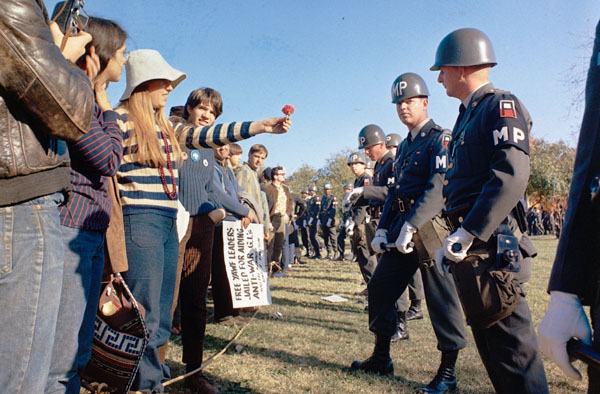
Among the US public, napalm became the symbol of all that was abhorrent about the war in Vietnam. The Vietnam war was the first conflict to be widely broadcast on television, though it was well known that the weapon had been used in the Pacific and in Korea, its effects had never before been seen so directly by the public.
The antiwar movement started to protest against napalm use in 1966, calling for a boycott of the company that produced napalm for the US military ― The Dow Chemical Company. It was not until 1980 that the United Nations Convention on Certain Conventional Weapons (CCWC) declared the use of napalm against concentrations of civilians a war crime. A number of countries did not sign this protocol which entered the canon of international law in 1983.
The United States signed up to the Convention approximately 25 years after the General Assembly adopted it, on 21 Jan 2009: President Barack Obama’s first full day in office. Their ratification, however, is subject to a reservation that says it can disregard the treaty at its discretion if doing so would save civilian lives.
After the Vietnam War, napalm saw active use in Western Sahara (1975-1991, by Moroccan forces), Iran (1980-1988), Iraq (1980-1988, 1991), Angola (1993), Argentina (1982) and Yugoslavia (1991-1996).
